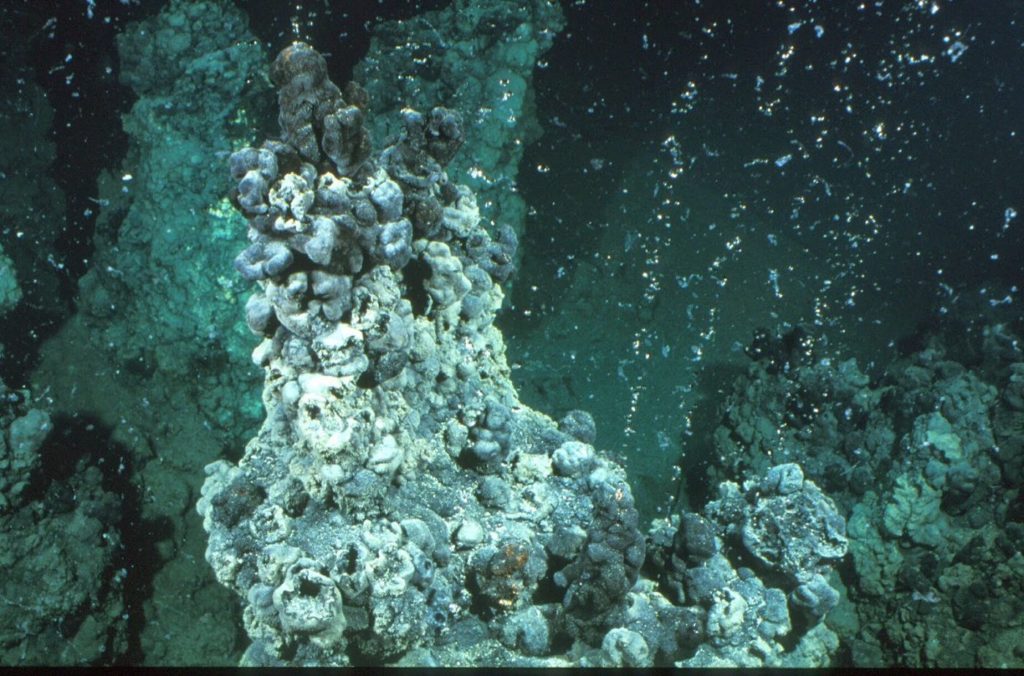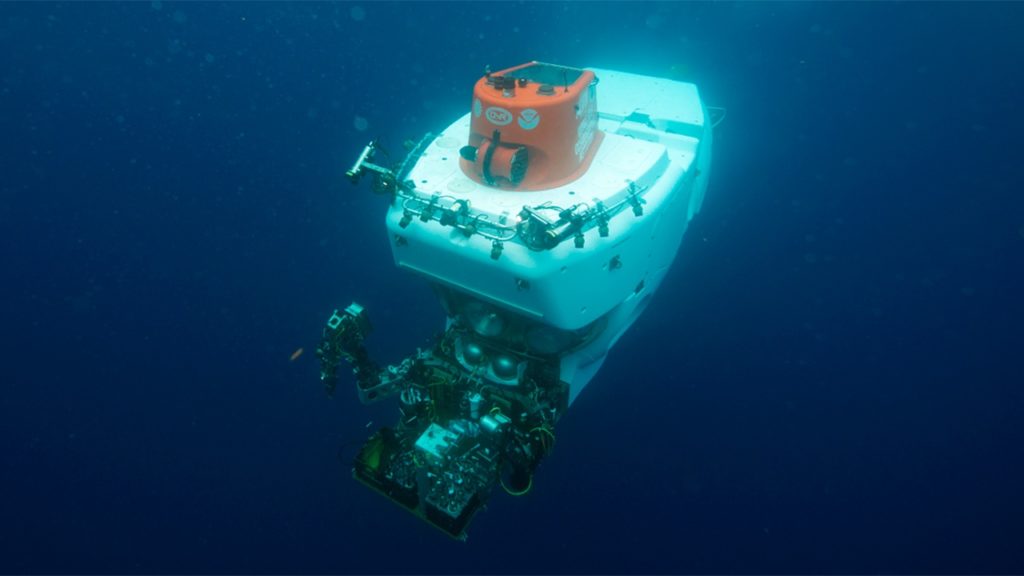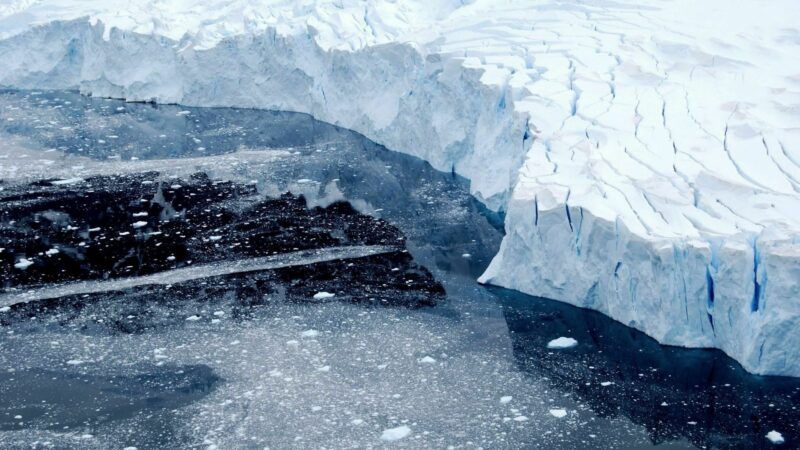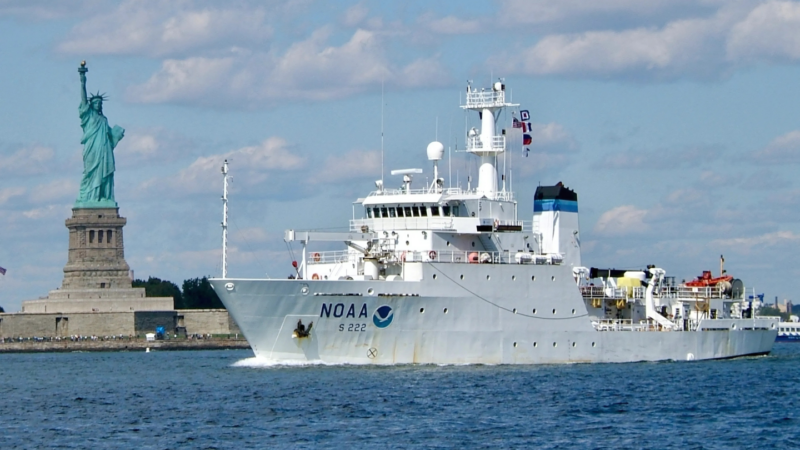
Methane and microbes—making life happen
But it’s the interaction between the two that truly made life possible—and it may even hold solutions for climate change. As far as greenhouse gases measure up, methane is a…
Methane gets a lot of bad climate change press these days, while microbes bask in the recognition of being a vital part of everyday life.
But it’s the interaction between the two that truly made life possible—and it may even hold solutions for climate change.
As far as greenhouse gases measure up, methane is a heavyweight—25 times more potent than carbon dioxide. But life as we know it wouldn’t exist without methane and the microbes that eat it.
Earth’s entire surface froze several times during its 4.5-billion-year history. Aradhna Tripati, a geochemist from UCLA’s Institute of the Environment and Sustainability, says natural methane seeps in ocean floors ended these frozen periods, effectively creating a Big Bang moment for evolution. Some methane bubbled to the surface and melted the ice, while methane that got eaten by microbes produced carbon dioxide, enabling photosynthesis. Together, carbon dioxide and methane warmed the planet. These processes broke an evolutionary standstill, leading to the rise of multi-celled organisms—and eventually, to us.
These methane munching microbes are doing us another favor right now, as warming temperatures drive arctic ice melt, releasing the trapped gas. This additional methane source has some climate change experts concerned.
“Microbes are the safety valve stopping the pressure cooker of methane from exploding,” Tripati says. “From the permafrost to marine ecosystems, they are busy regulating methane emissions by converting it to carbon dioxide—a less potent greenhouse gas.”
In a study published today in Nature Communications, Tripati and fellow researchers go deep to examine the interplay between methane and microbes. Ocean submersibles with robotic arms grabbed samples from methane seeps in ocean shelves from Norway to Costa Rica. The samples were brought to Tripati’s lab at UCLA for isotopic fingerprinting.

UCLA’s pioneering isotopic fingerprinting reveals on a molecular level exactly how effectively these organisms transform a problematic greenhouse gas. Although the method is still being refined, this ocean seep research has the potential to give scientists a clearer picture of three important factors: how much methane is being released, how much is getting consumed, and how rapidly it gets broken down.
Tripati says methane and microbial evidence helps us understand climate change, both now and throughout the planet’s history. Without the microbes, there could have been even more extreme warming and runaway greenhouse gas emissions, so a very different planet would have emerged when the ice that stretched from pole to equator receded.
“This methane and the microbes that like to munch it got us out of a real pickle,” Tripati says.
With global effects of climate change looming, can they do it again?
National Oceanic and Atmospheric Administration figures show that, after being fairly stable for a decade, atmospheric methane increased by a dramatic 27 million tons in 2007. And it continues to rise.
While human activity still accounts for 60 percent of methane emissions, rising temperatures are quickly destabilizing the world’s natural methane sinks. Pocks marks are appearing in Arctic permafrost as it melts. Clathrates (cages of ice crystals) in ocean floor sediments are also melting and leaking methane.
Microbes are increasingly of interest for bioengineering, the deliberate human manipulation of biological processes. Tripati thinks with greater understanding of the interplay between the gas and the microbes, we could possibly use them to gobble methane in larger quantities. It could be especially useful in areas where large amounts of methane will be escaping in the decades ahead—specifically the permafrost, along with U.S and Scandinavian sea shelves.
“The tipping points are closer than we fear, closer than we are typically planning for. So if these microbes do convert methane to carbon dioxide we’re kind of lucky, because carbon dioxide is much less potent as a greenhouse gas,” says Tripati.
Microbes lending a hand with climate change would only add to the fanfare they currently enjoy in the world of science. They already play major life support roles in almost all planetary systems—including our own bodies. Yes, we are walking microbial systems, with 10 times more microbe cells than human cells.
If these microscopic organisms can help keep the planet habitable, we’ll need them now more than ever.
Published:



